
Your dog usually trots to the door when he sees the leash, happily gobbles up his dinner, and never has accidents indoors—but lately, things have been different. Your well-behaved dog has started acting out in ways that seem strange (or even naughty). Before you jump to conclusions and call him a “bad dog,” think about this: He could be sick. Here are 15 signs that your pup might be under the weather without you even knowing.
Increased or decreased urination
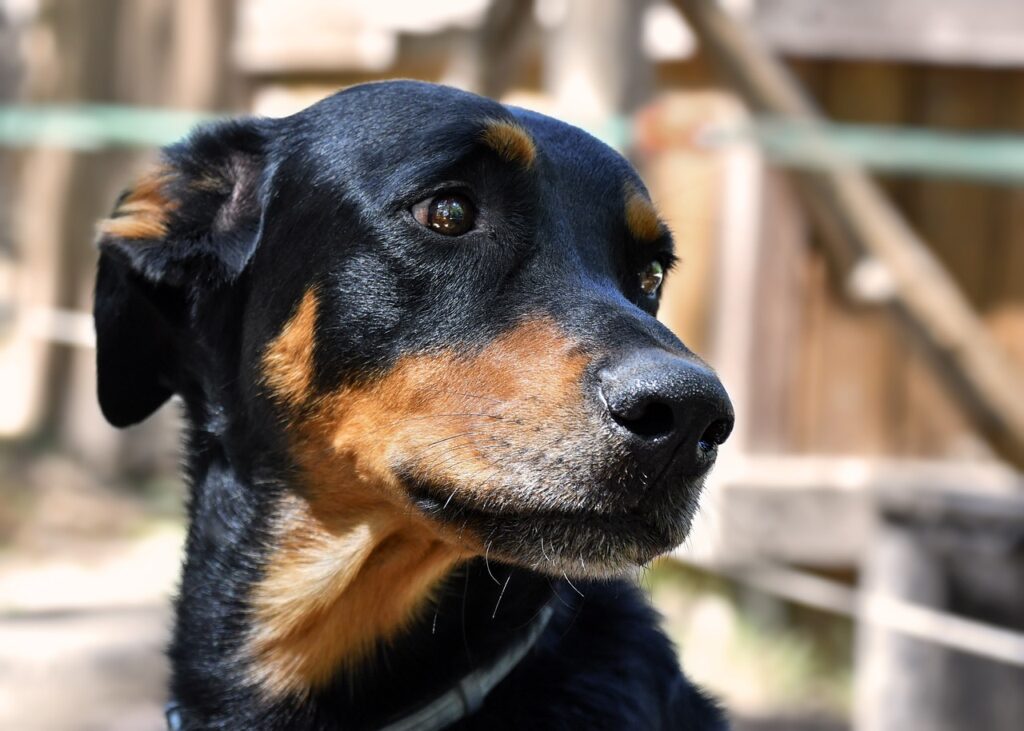
House training your dog was a breeze, and they haven’t left a puddle on the living room rug in forever—until now. You might think your perfectly potty-trained pup is peeing in the house to get back at you for a long workday or for not getting that second dinner, but there could be something else going on. Potty accidents can actually be a sign of medical problems. Kidney disease, infections, and certain medications might be to blame, too.
Whimpering

Since your dog can’t tell you (using human words) where it hurts, they’ll likely use their only way to communicate: vocalizing. A dog that whines or whimpers when getting up or down from their bed, grunts while climbing stairs, or barks more than usual may be trying to tell you that something hurts.
Poor Appetite
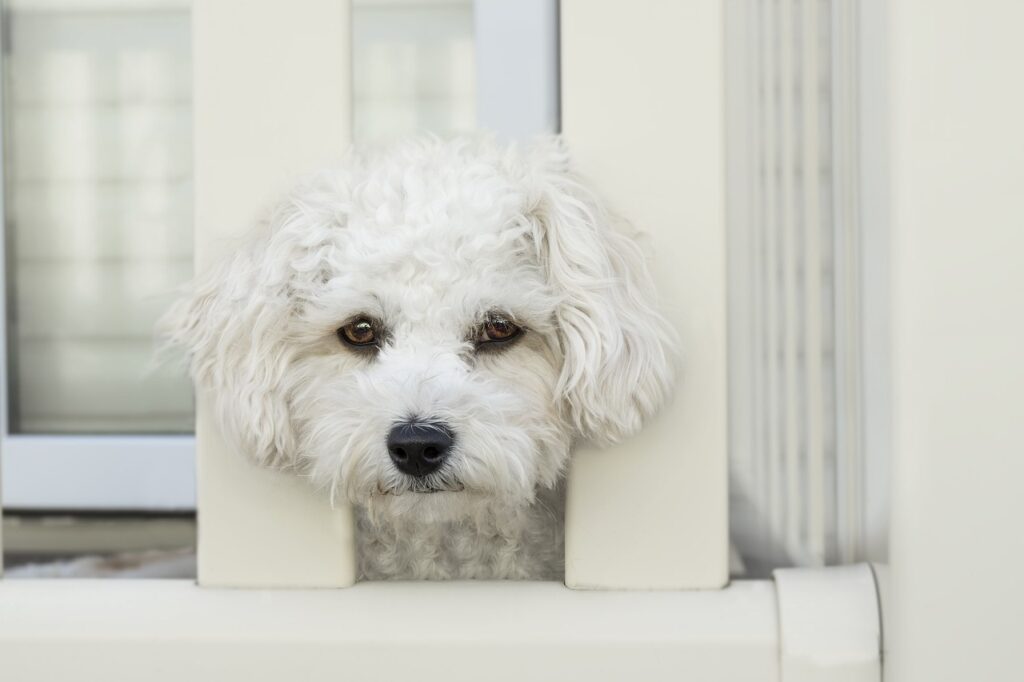
Loss of hunger can be a sign that your pup isn’t feeling well. However, how worried you should be depends on how food-driven your dog is. For example, if your dog usually doesn’t finish their meals, it might not be a big deal. But if your dog never skips a meal, this could point to an underlying issue. Try offering some cooked chicken or hamburger, or even some tasty treats.
Vomiting or diarrhea
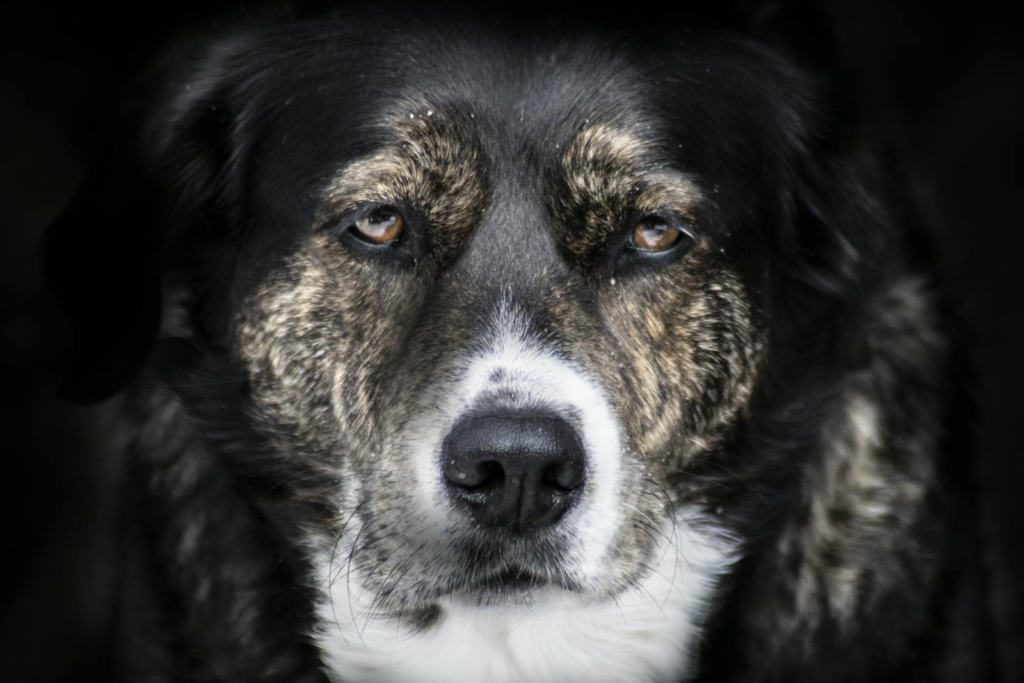
It happens: Dogs sometimes throw up or have loose stools. But it can also be a sign that your dog is sick. If your dog has one episode of vomiting or diarrhea but is otherwise eating normally, it could just be an upset tummy. Keep an eye on the symptoms and feed small amounts of bland, wet food (like boiled chicken) for a day or two until they start feeling better. Then, slowly bring back the dry food.
Lethargy

Dogs are serious sleep lovers and can sleep up to 50 percent of their day, so it’s normal to find your dog snoozing on the couch. However, if you notice a change in their exercise routine or if your dog doesn’t want to use any energy, it means they’re not feeling well. Lethargy is another common sign of illness in dogs.
Red or Puffy Eyes
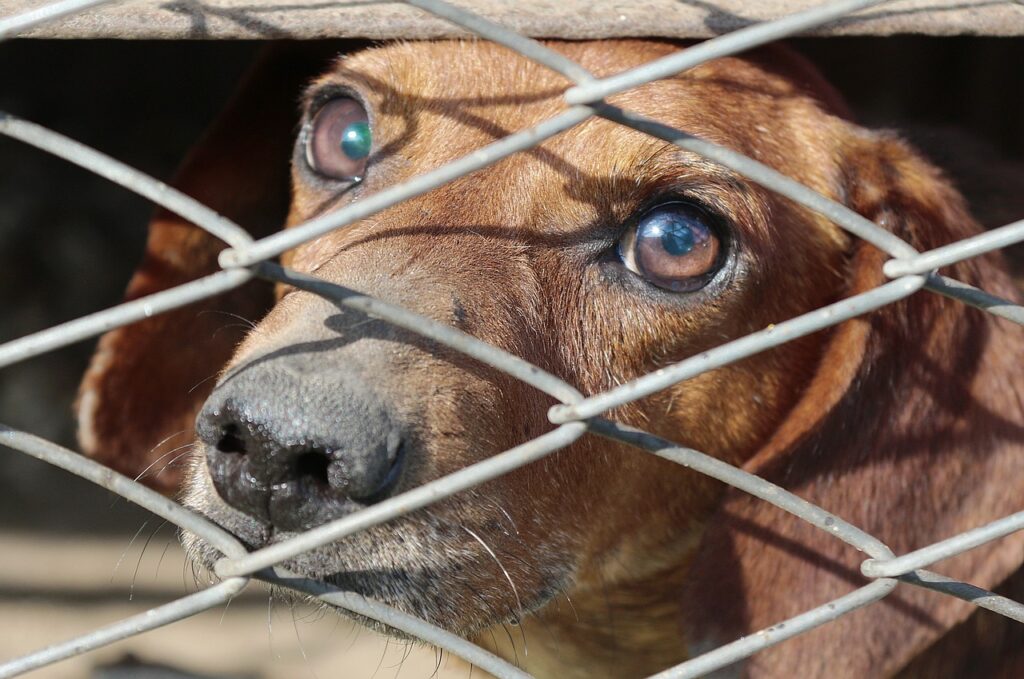
Your pup’s eyes can show you how they’re feeling. Red eyes, squinting, eye discharge, puffy eyes, or sticky eyelids can all point to different health issues. These problems can vary from allergies to conjunctivitis to glaucoma. If your dog keeps pawing or rubbing at their eyes, it’s time to take them to the vet.
Excessive Panting

Panting helps dogs cool down when they’re overheated, but constant and heavy panting could mean something’s very wrong. For example, your dog might be dealing with heatstroke or a painful injury, or they could have eaten something toxic. Serious illnesses like heart failure, Cushing’s syndrome, or respiratory problems can also cause heavy panting in dogs.
Coughing or Breathing Problems

Coughing, wheezing, difficulty breathing, and nasal discharge can be signs of a cold virus or dog allergies. However, all these symptoms could also point to something more serious, like canine flu, tracheal collapse, or heart disease. Schedule a vet appointment if the respiratory symptoms don’t go away or are paired with other signs like lethargy.
Pale Gums

Healthy dogs have pink, moist gums (except for pigmented areas, which can be black). If the pink part of your dog’s gums looks pale, it could be a sign that something’s wrong. If your dog has pale gums and is also lethargic, weak, or having trouble breathing, see it as a medical emergency and get to the clinic right away.
Hiding
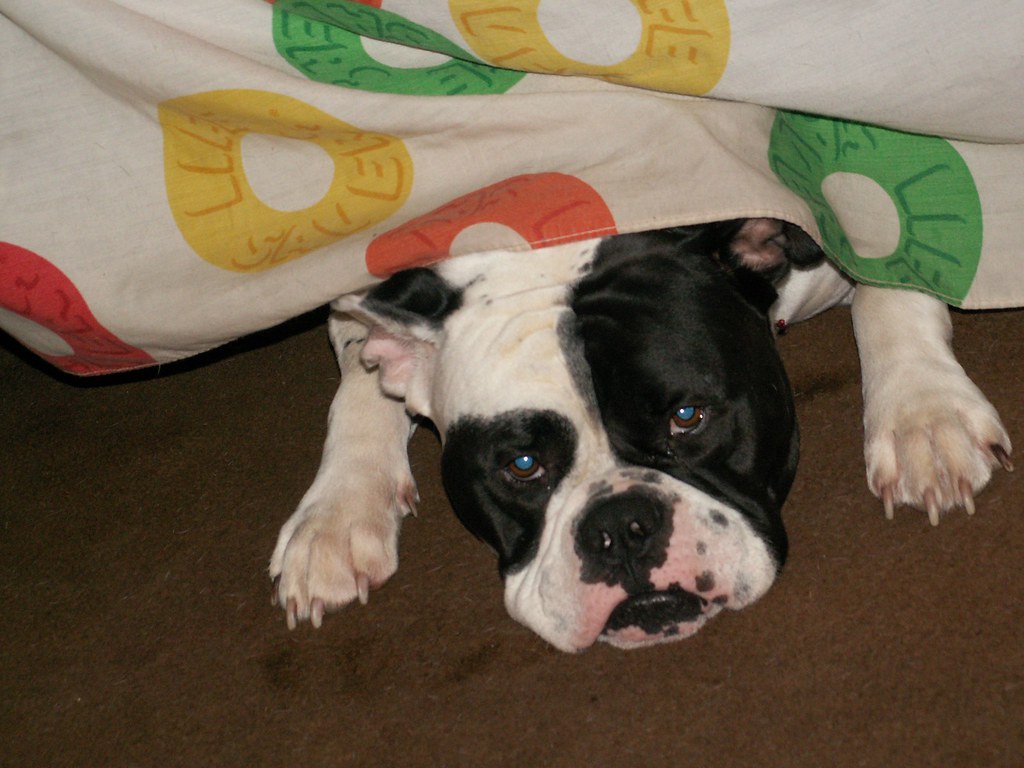
If your dog hides under the bed or in the closet, it’s not because they’re avoiding bath time or nail trims. Dogs often look for hidden spots to hide illness or injury. Keep an eye out for other signs that your dog isn’t feeling well, like excessive panting, whimpering, trouble walking, loss of appetite, vomiting, or unusual behaviors.
Aggressive Behavior

If your usually non-aggressive pup starts showing aggression—biting, snarling, snapping, or growling—for no obvious reason, there could be an underlying medical issue. Infectious diseases (like rabies), hormonal imbalances, hyperkinesis, psychomotor epilepsy, neoplasia, and various genetic and metabolic disorders can all be linked to dog aggression.
Refusing Contact
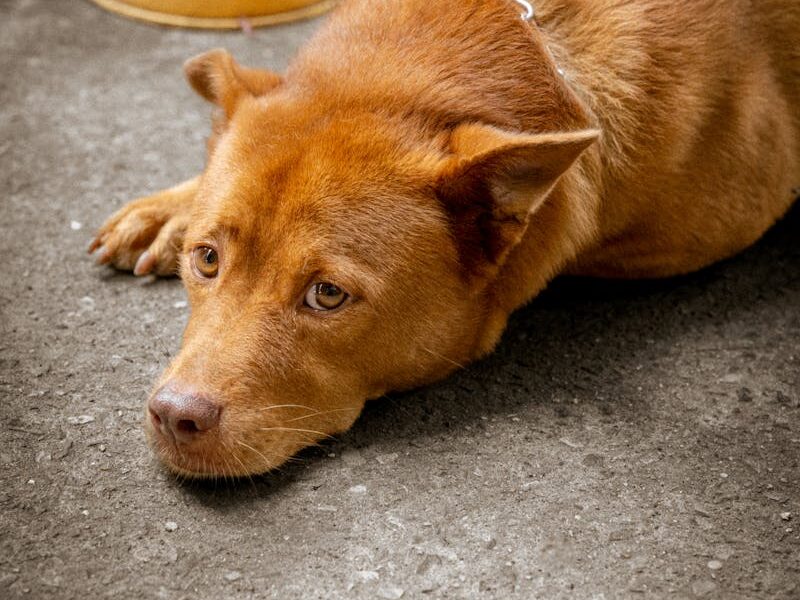
Is your dog ignoring your requests to jump up on the couch? Does he move away when you offer belly rubs? In some cases, ignoring commands, taking a defensive stance when you approach, or growling when touched can be signs that they’re uncomfortable with physical contact—which could also signal illness. Dogs in pain can become sensitive to touch.
Clingy Behavior
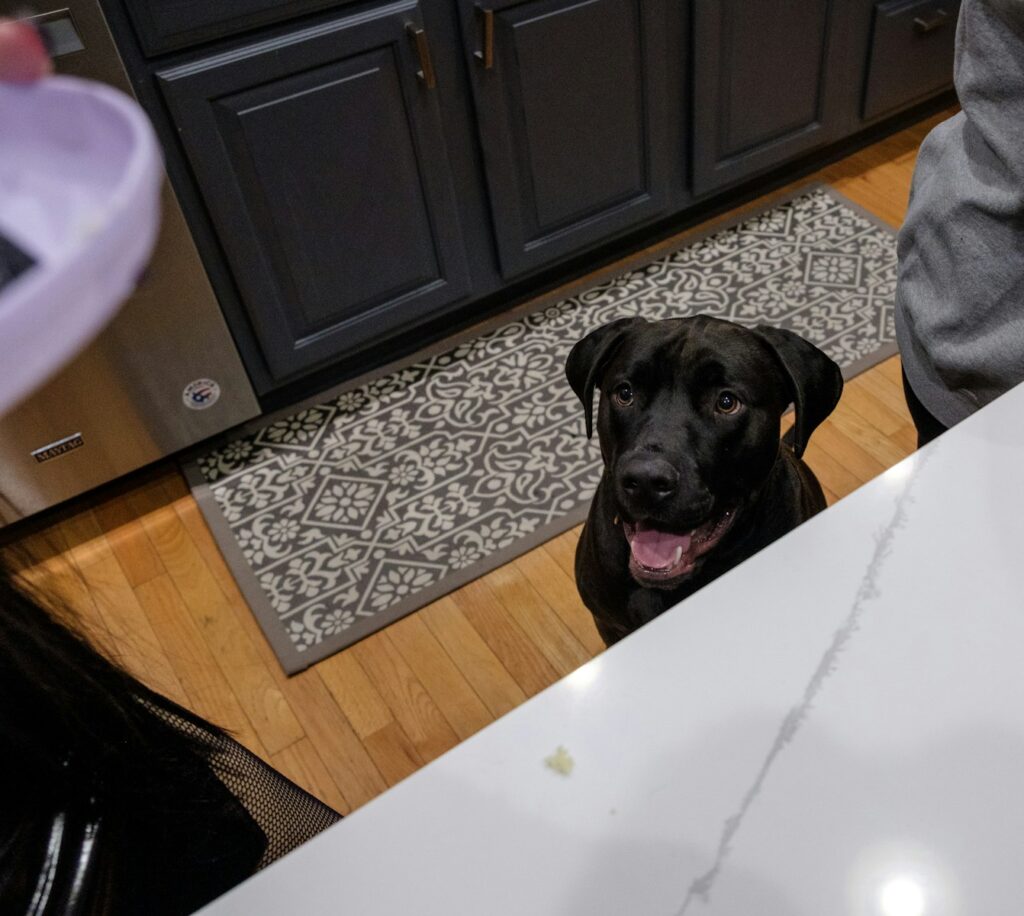
Some dogs get extra clingy or needy when they’re not feeling well. If your dog is usually pretty independent but suddenly won’t leave your side or wants constant attention from you, it could mean something’s up. This kind of behavior might point to them being uncomfortable, sick, or feeling anxious, so watch out for other changes in how they act.
Eating Poop

There’s nothing that makes a pet parent shout, “Bad doggie!” faster than seeing their favorite four-legged friend eating poop. This behavior (known as coprophagia) is more common than you might think. However, it could be a sign of an illness called malabsorption syndrome, which makes dogs eat feces to try to get more calories.
Scooting
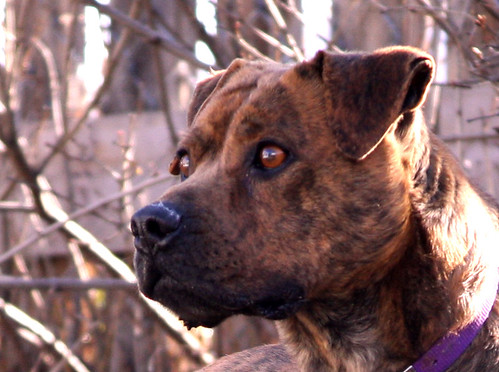
No one enjoys watching their dog scoot their bottom across the floor. It’s gross, but it’s also a normal way for dogs to deal with an itchy backside. However, when scooting goes from being an occasional thing to a regular habit—it’s time to pay attention. Dogs scoot when their anal glands are full, but it can also be a sign of an infection or abscess causing swelling near the anus.
